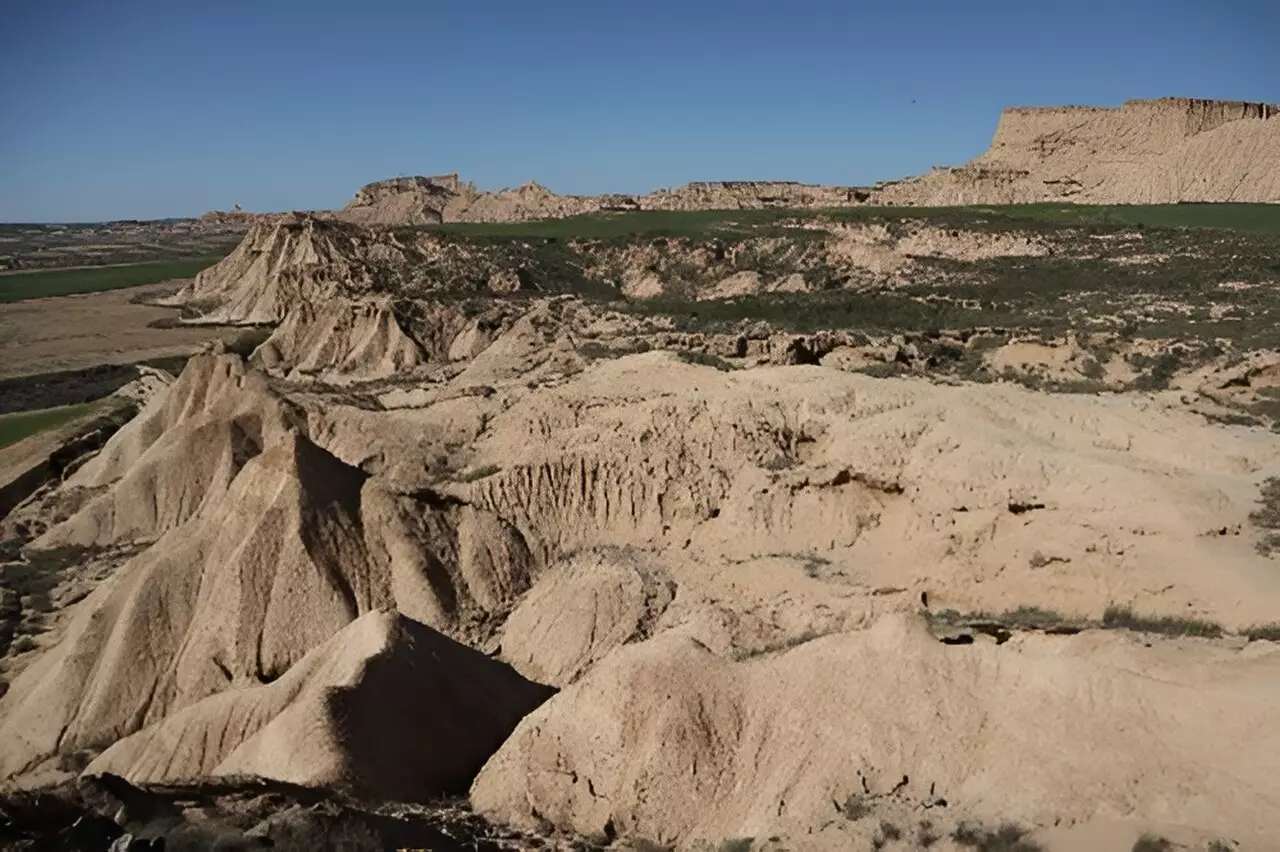The latest research published in the journal Science has brought to light a concerning reality – nearly half of the world’s land surface is now classified as drylands. These regions, including deserts, shrublands, grasslands, and savanna woodlands, are experiencing a rapid proliferation that is impacting natural ecosystems and human-managed landscapes. While factors like climate change and land management practices have been known to contribute to dryland expansion, the new findings reveal a startling revelation: drylands themselves are accelerating their own spread.
Climate scientists at the University of Bristol, in collaboration with experts from Ghent University, Cardiff University, and ETH Zurich, have determined that climate change plays a significant role in the self-propagation of drylands. Dr. Akash Koppa, lead author of the study, explains that the drying soils in existing drylands release less moisture and more heat into the atmosphere, leading to reduced rainfall and increased atmospheric water demand in neighboring humid regions. This process ultimately transforms once-humid areas into drylands themselves, as seen in regions like Australia and Eurasia.
As we continue to move towards a warmer and potentially drier future, the phenomenon of dryland self-expansion poses significant risks to global livelihoods, ecosystems, and socio-economic stability. The study emphasizes the urgent need for climate change mitigation and sustainable land management practices to curb the further spread of drylands. By understanding the impact of distant vegetation responses on dryland expansion, the research highlights the importance of coordinated ecosystem conservation efforts in existing drylands.
The team of researchers is currently focused on developing land-based adaptation strategies to prevent drought and heat propagation. Their findings point to the critical need for proactive measures to combat the acceleration of dryland expansion. By identifying the regions most vulnerable to further proliferation and outlining key mitigation strategies, the study serves as a wake-up call for global action on this pressing environmental issue.
The accelerating expansion of drylands is a growing global concern that demands immediate attention. As drylands continue to spread at an alarming rate, the need for concerted efforts to address this issue has never been more pressing. By understanding the underlying factors driving this phenomenon and developing targeted solutions, we can work towards mitigating the impact of dryland expansion on ecosystems, livelihoods, and the global climate.



Leave a Reply